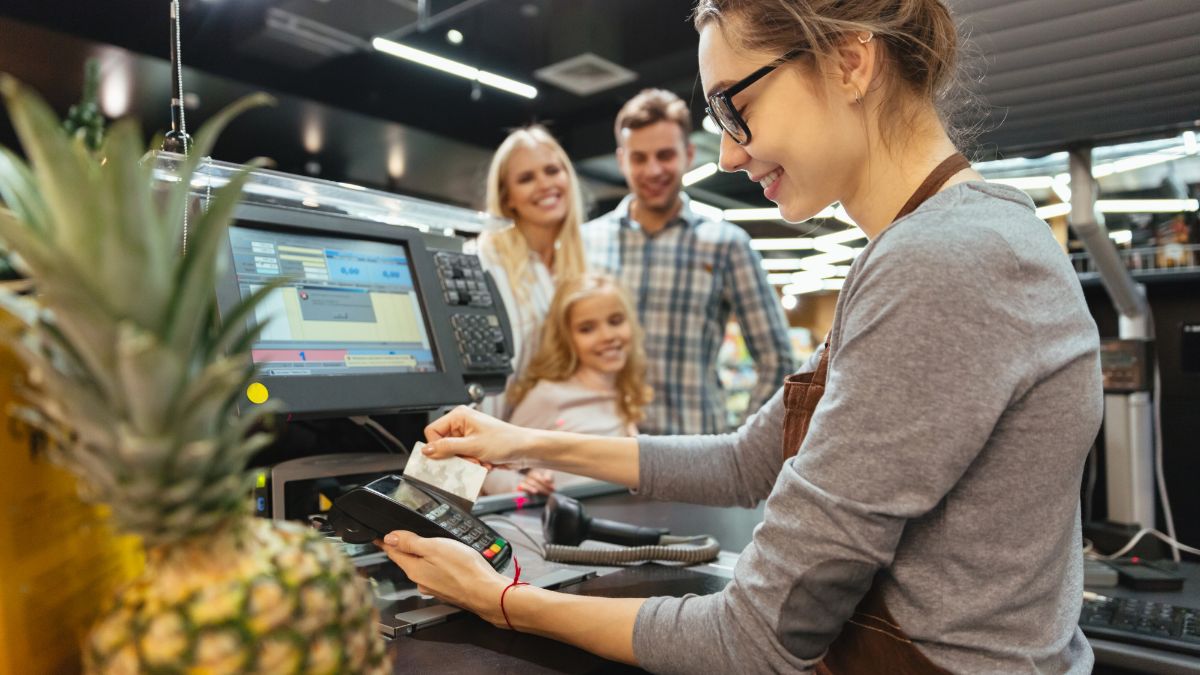Welcome to the ever-evolving landscape of retail fulfillment! Picture this: you’re lounging on your couch, scrolling through your favorite online store on your smartphone. With just a few taps, you order a pair of sneakers. The next day, they arrive at your doorstep, delivered by a cheerful courier. This seamless experience is the magic of omnichannel fulfillment services, where online and offline worlds seamlessly merge to create a smooth shopping journey.
Understanding Omnichannel: More Than Just a Buzzword
Before we delve into the nitty-gritty of fulfillment innovations, let’s ensure we’re on the same page about what omnichannel really means. It’s more than just a fancy buzzword thrown around in boardrooms – it’s a fundamental shift in how businesses approach customer engagement and satisfaction.
Omnichannel Defined – Think of omnichannel as the seamless integration of all available channels – be it online, offline, mobile, or in-store – to create a unified, cohesive experience for the customer. It’s about breaking down the silos between different touchpoints and ensuring consistency across the board.
The Rise of Customer Expectations: Meeting the Demand for Seamless Experiences
In today’s fast-paced world, customers expect nothing less than perfection when it comes to their shopping experience. Whether they’re browsing online, visiting a physical store, or making a purchase via their mobile device, they want it all – convenience, speed, and personalization.
Key Customer Expectations:
- Convenience – Customers crave convenience like never before. They want to be able to shop whenever, wherever, and however they please.
- Speed – In a world where time is of the essence, speedy delivery and fulfillment have become non-negotiables.
- Personalization – Generic, one-size-fits-all experiences just won’t cut it anymore. Customers expect businesses to know them and cater to their unique preferences and needs.
Innovations Driving Omnichannel Fulfillment Forward
1. Robotics and Automation:
Autonomous Robots – Picture this – a fleet of robots whizzing around warehouses, picking and packing orders with lightning speed and precision. That’s the reality in many fulfillment centers today, where autonomous robots are revolutionizing the way tasks are performed.
Automated Guided Vehicles (AGVs) – These nifty vehicles are like the Swiss Army knives of the fulfillment world, capable of transporting goods, picking orders, and even navigating complex warehouse environments without human intervention.
2. AI and Machine Learning:
Predictive Analytics – Thanks to AI and machine learning algorithms, businesses can now predict customer behavior with uncanny accuracy. This allows them to anticipate demand, optimize inventory levels, and ensure products are in the right place at the right time.
Chatbots and Virtual Assistants – Say goodbye to long wait times and frustrating customer service experiences. AI-powered chatbots and virtual assistants are now able to handle a wide range of inquiries, providing instant support and personalized recommendations round the clock.
3. IoT and Connected Devices:
Smart Shelves – Imagine shelves equipped with sensors that can detect inventory levels in real-time and automatically trigger reordering when supplies run low. That’s the power of IoT-enabled smart shelves, which are revolutionizing inventory management.
Wearable Devices – In the world of fulfillment, every second counts. Wearable devices like smart glasses and wrist scanners are helping workers streamline their tasks and access important information on the go, boosting efficiency and accuracy.
Overcoming Challenges: Navigating the Roadblocks to Omnichannel Success
Of course, no journey is without its challenges, and the path to omnichannel nirvana is no exception. From integration hurdles to data security concerns, businesses must navigate a complex landscape fraught with potential pitfalls.
Common Challenges:
- Integration Complexity – Bringing together disparate systems and technologies can be a daunting task, requiring careful planning and execution.
- Data Security – With great connectivity comes great responsibility. Protecting sensitive customer data against cyber threats and breaches is paramount in today’s digital age.
- Legacy Systems – For many businesses, the biggest hurdle lies in modernizing legacy systems and processes that are ill-equipped to handle the demands of omnichannel fulfillment.
The Future of Fulfillment: What Lies Ahead?
As we gaze into the crystal ball of fulfillment, one thing is abundantly clear – the future is brimming with possibility. From drone delivery to augmented reality shopping experiences, the boundaries of what’s possible continue to be pushed further and further.
- Drone Delivery – Imagine a world where your online orders are delivered to your doorstep by drones, bypassing traffic and congestion with ease.
- Augmented Reality – With AR technology, customers can try on clothes virtually, visualize furniture in their homes, and even test drive products before making a purchase.
- 3D Printing – The ultimate game-changer in customization, 3D printing has the potential to revolutionize manufacturing and fulfillment, allowing for on-demand production of personalized products.
Embracing the Future of Fulfillment
As we bid adieu to our exploration of omnichannel strategies and technologies, one thing is abundantly clear: the future of retail fulfillment is brimming with endless possibilities!

